For what
disorders is
MIRAcle useful?
Magnifiers and electronical magnifying glasses MIRAcle are beneficial for people whom glasses and optical equipment don’t help. These appliances are used during school and even kindergarten education. Their assistance is of great significance throughout education. Children are excluded from education and often from peer group by diseases which are described below. MIRAcle equipment accompanies people over their whole professional and private life.
How do we see?

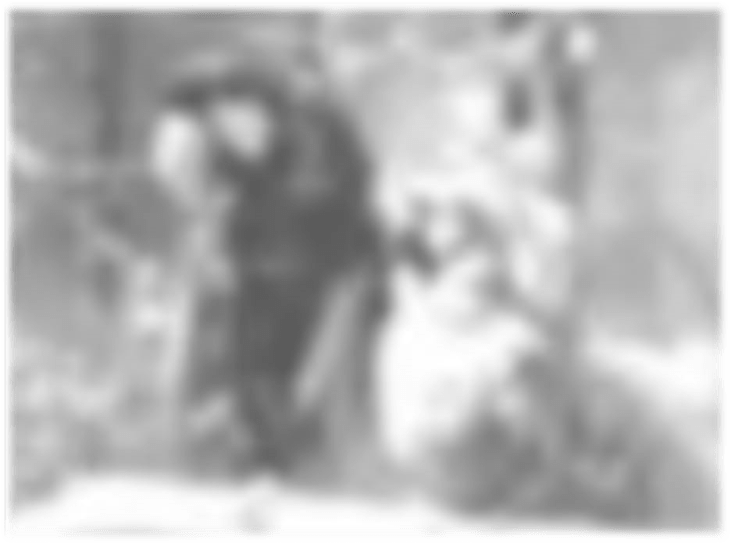
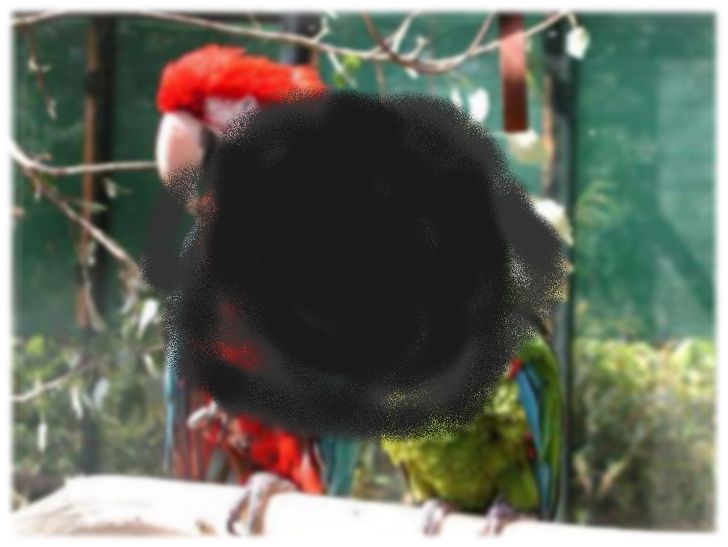
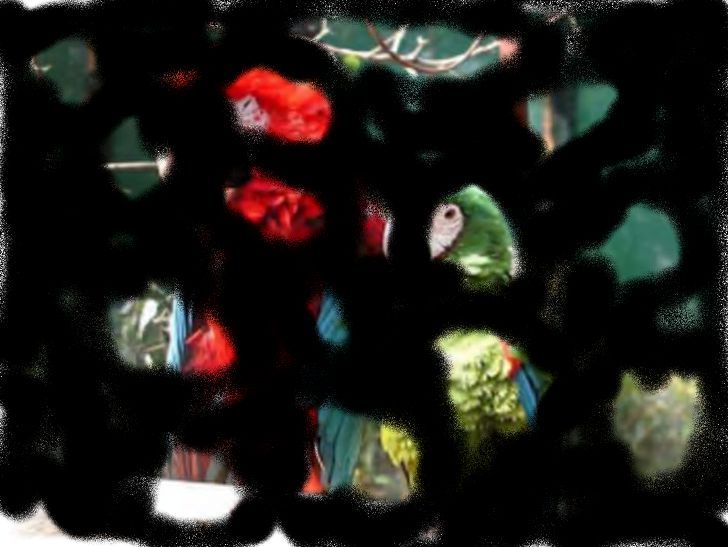



Achromatopsia also known as colour blindness
Achromatopsia is a hereditary genetic disease. The sick have no or minimal amount of cone cells in the retina of eye (those cells are responsible for colour vision and clarity of vision). Person has a complete or partial inability to recognize colours. Achromats see only with rod cells but they don’t function properly when there is intensive light. Rod cells are adapted to enable seeing in semi-darkness and darkness, especially at night. This is the reason why achromats suffer from severe photophobia and we can see them wearing dark or amber glasses almost all the time. Achromatopsia is one of rare diseases.
The biggest problem that achromats face in school is being incapable of reading from board. They don’t see clearly and see from small distance. Exigo with properly chosen light and display colour enables active participation in lessons. Despite the fact that achromats don’t see colours, many of them work using configuration red letters on blue background. Intensity of colours can be adjusted to each user’s needs.
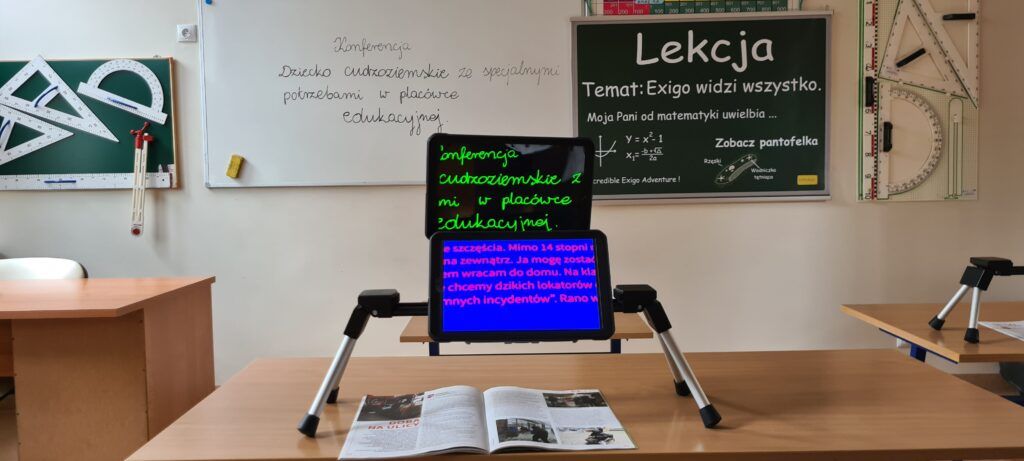
Stargardt’s disease
It is a disease with genetic background. Stargardt’s dystrophy is a disease which affects the macula of retina. It is characterised by gradual decrease of central vision acuity. The disease is determined by ABCR gene, which presence leads to photoreceptors and pigment epithelium atrophy. First symptoms occur at the age of 8-15 and include progressive loss of visual acuity, problems with recognizing details, reading and recognizing faces, sensitivity to light. Some people have also problems with identifying colours, especially very dark and bright.
Those who suffer from Stargardt’s disease have problems with reading from distance, from board. This is similar to achromats. Exigo solves this difficulty and impacts child’s comfort of school learning. Colour configuration that is used most frequently is negative – white letters on black background or yellow letters on black background. The so-called false colours work very well for nearness and distance. Possibility of choosing threshold enables usage of Exigo in rooms with different lighting. Students willingly work with magnifier Spider at home.
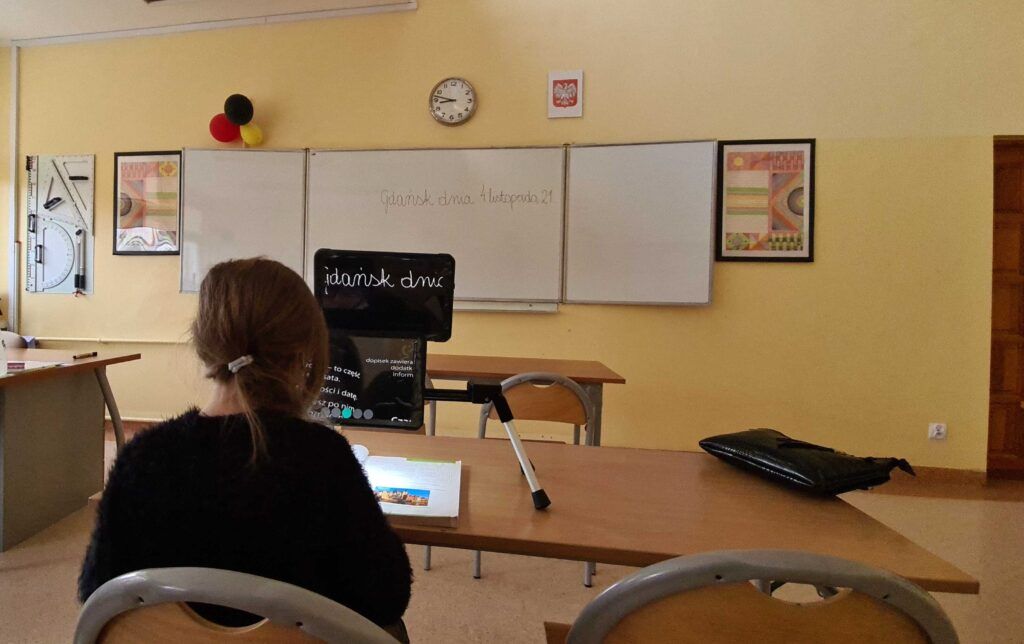
Optic nerve atrophy
It is a hereditary or acquired damage to the vision system. Its functional aftereffects depend on location and grade of atrophy. First symptoms usually are eye pain, general sight deterioration, colour and contrasts recognizing disorders, losses in visual field. Patient also may see dark spots. Complete loss of vision is possible to occur. The disease may affect one or both eyes.
People with optic nerve atrophy often choose the so-called high contrast – black letters on white background while using magnifiers and magnifying glasses.
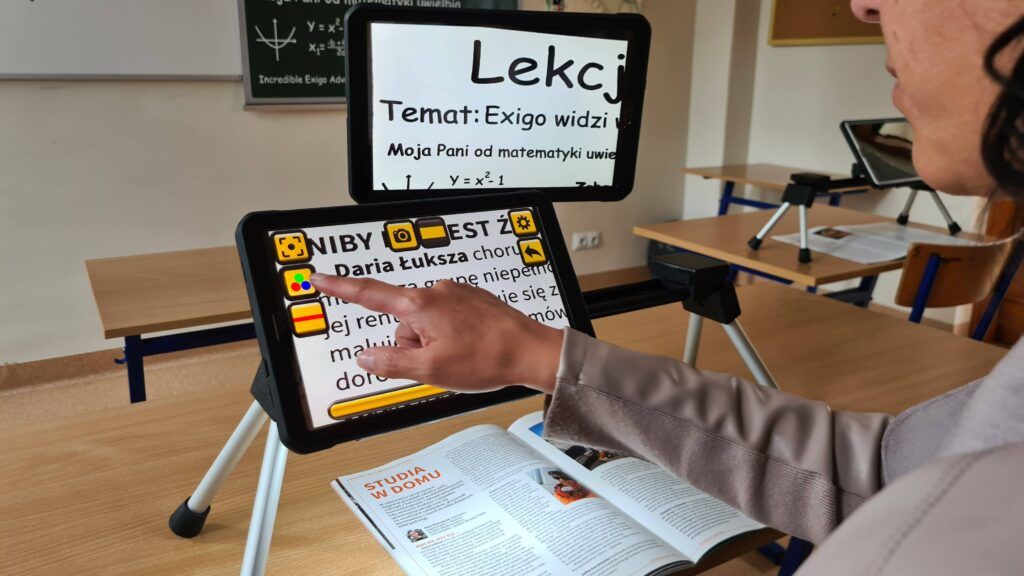
Glaucoma
The essence of glaucoma is leading to optic nerve atrophy, what leads to vision quality deterioration and in extreme cases may cause blindness. The reason of developing glaucoma is problem with the drainage of aqueous humour, which is constantly produced in the eye. This results in increasing pressure in the eye. Increased pressure in the eye impedes blood flow to the optic nerve and retina and damages them. The disease is characterised as asymptomatic in the beginning. Glaucoma is one of leading causes of irreversible blindness in developed countries.
People who have glaucoma choose negative or high contrast on magnifier.

Retinopathy of prematurity
Retinopathy of prematurity is a disease of undeveloped retina. It affects prematurely born children (before 32nd week and especially before 27th) whose retinal vessels aren’t entirely developed. Their development isn’t proper after labour. It leads to fibrous change in retinal vessels and in vitreous body. This results in retinal detachment. Those changes may cause severe vision disorder, including blindness.
Other types of retinopathy
Retinopathy includes other than premature babies groups as well. We can mention f. ex. retinitis pigmentosa. It is one of hereditary forms of retina degenerative diseases. First symptoms of retinitis pigmentosa occur at a young age. In this case, complete blindness is very uncommon. Diabetic retinopathy is characterised by retinal degeneration caused by diabetes sequelae. Those lead to small, among others retinal, blood vessels damage.
People who have retinopathy choose very individual magnifier configuration. It depends on retinal damage grade. It sometimes is screen with very high brightness. Combination of yellow and black or blue is chosen frequently.
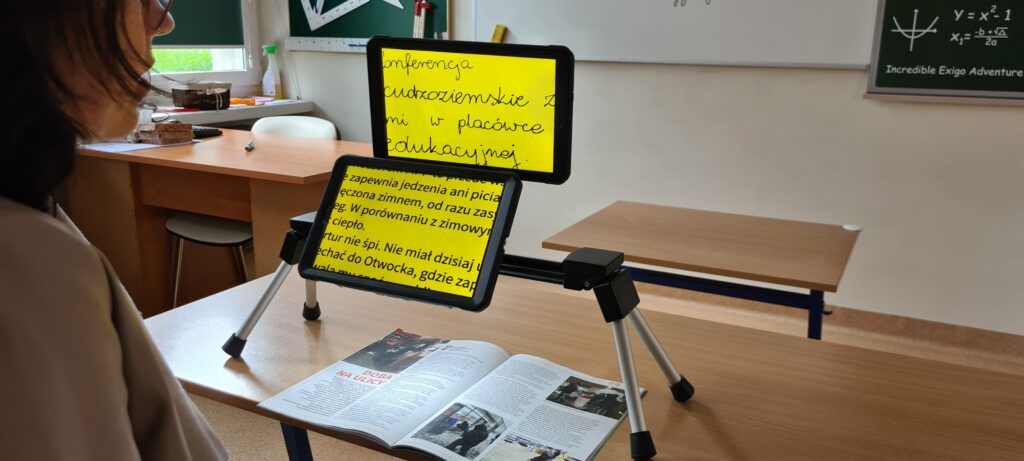
Magnifiers Spider, Exigo as well as electronical magnifying glasses Pearl 5 and Admirabilis are helpful for other diseases such as f. ex. macular degeneration AMD, cataract.
